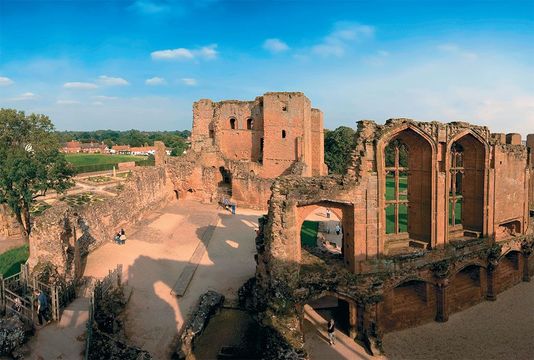
KenilworthGetty: Images
The role of the steward hasn’t changed that much over the centuries
Kenilworth. The name even sounds romantic.
In its heyday, Kenilworth Castle was one of the largest, strongest, richest, most important castles in England—and its heyday lasted 400 years. Kenilworth played in the big leagues, held through the centuries by several of the movers-and-shakers of British history. “There’s history on the doorstep everywhere.”
Meet Tom Garner, Steward of Kenilworth Castle. Like his predecessors in office, Garner tends to the smooth day-to-day operations of the four-acre site, leads visitors on tours and lends a hand at the gatehouse or visitors reception. These days Garner is not the only steward at Kenilworth; in fact, there are 30 of them (though on-duty only about a dozen at a time).
Read more
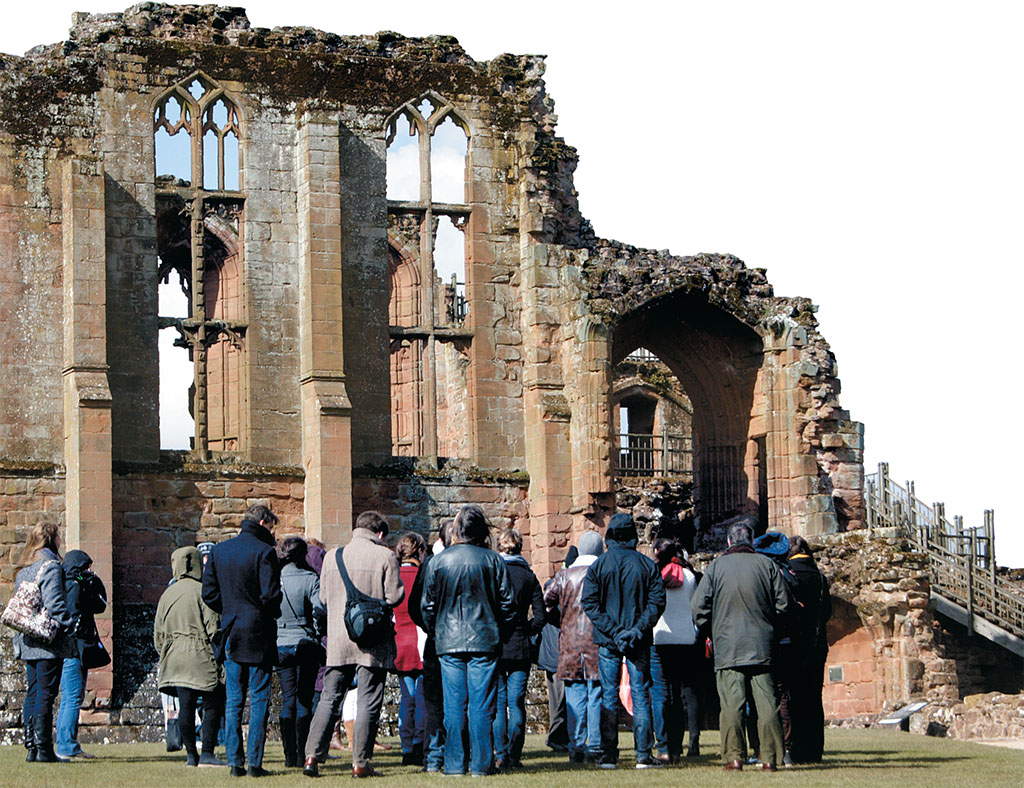
DANA HUNTLEY
Just a few miles from the county town of Warwick and only 15 or so from Stratford-upon-Avon, the Warwickshire market town and its famous castle receives about 120,000 visitors a year. “We want to make their visit as interesting as possible,” says Garner. “If they just come in to look at ruined stone, then it doesn’t mean anything to them. With people like me here, we can enliven the history and help them see what they’re looking at.”
While the castle had been around a while, it was King John who gave Kenilworth the fortifications and the shape we see today during a massive rebuilding program in 1210-1216. Then, Henry III granted Kenilworth to Simon de Montfort, the Earl of Leicester, in 1244. De Montfort led the opposition to the king in the Second Barons War (and called the first elected Parliament), and Kenilworth was his command and control center. After de Montfort’s death at the Battle of Evesham, surviving rebels retreated to Kenilworth. The king’s forces laid siege, and the Siege of Kenilworth (1266) became the longest in British history, lasting six months until a negotiated surrender.
In the 1320s, Kenilworth belonged to the ill-fated King Edward II, who was deposed by his wife, Isabella of France, and her lover, Roger Mortimer. The poor king, who was a poor king, signed his abdication in the Great Hall at Kenilworth in 1326—shortly being murdered in Berkeley Castle.
John of Gaunt, third son of King Edward III, (and England’s second richest man) inherited the castle with his marriage. It quickly became the most important of the 30 or so castles he held. John of Gaunt rebuilt the fortress yet again, expanding the Great Hall, adding towers, the state apartments and a new kitchen range in 1373-1380, and largely retired there in his later years. The castle remained a Lancastrian stronghold throughout the 15th-century Wars of the Roses, and passed with the throne to King Henry VII and his Tudor heirs.
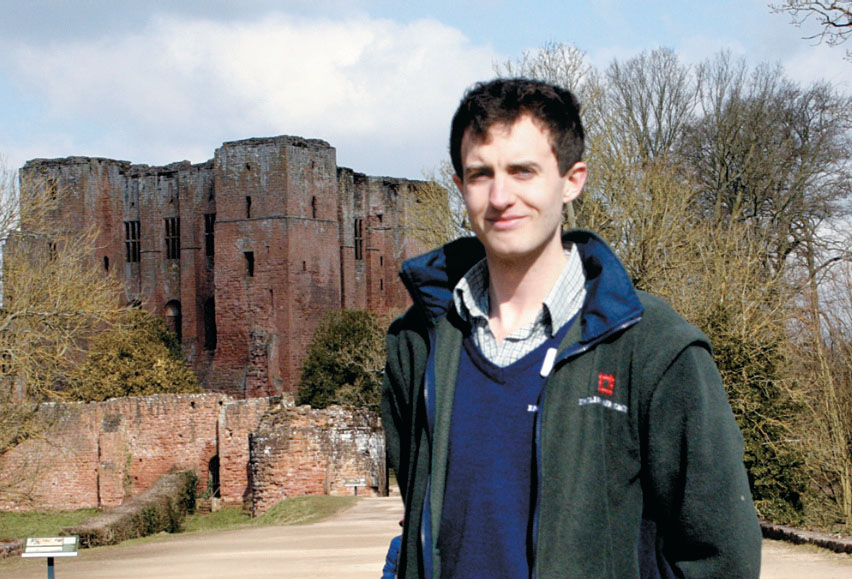
DANA HUNTLEY
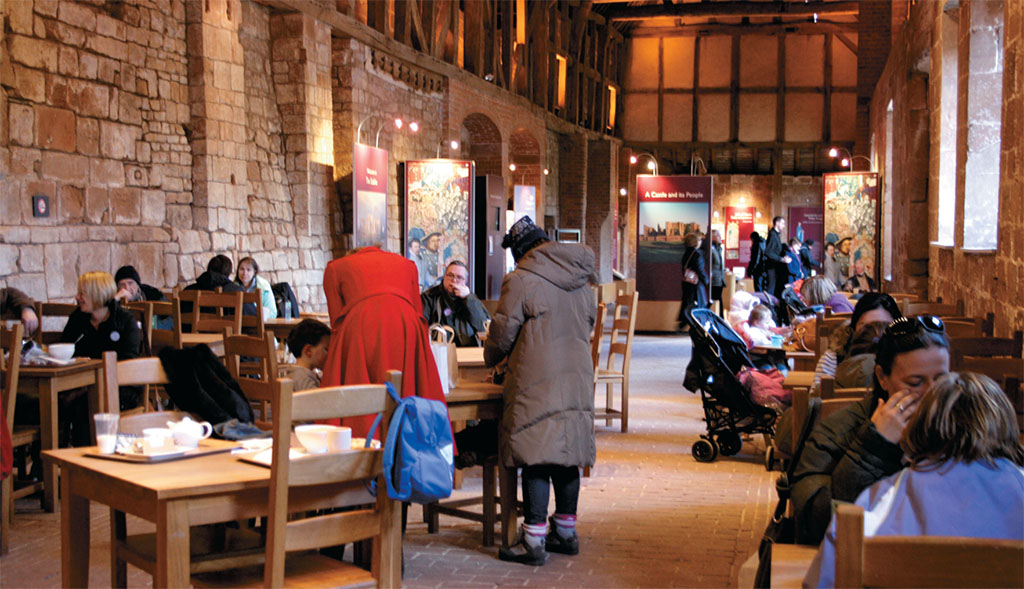
DANA HUNTLEY
Ultimately, Henry VIII’s daughter, Queen Elizabeth, ceded Kenilworth to her childhood companion and lifelong favorite, Robert Dudley, the Earl of Leicester. With an eye to impressing Elizabeth, Leicester undertook an extensive program of modernization, particularly to attract the Queen’s visits on her annual summer progress around the country.
To Pay a Visit:
Kenilworth is located on the A452 just a few miles from the M40 at Warwick.
The castle is open daily from 10 a.m.-5 p.m., April through October.
In due course, the Queen visited Kenilworth four times, the last in 1575, when the full range of Leicester’s dramatic rebuilding, including a recently restored Elizabethan garden, could be seen to full advantage. As was customary, the Queen was accompanied by more than 400 nobles and court retainers, and they all stayed for 19 days, during which time Leicester was expected to feast and entertain the lot. It nearly bankrupted him, but the visit was regarded a huge success.
By the time of Queen Elizabeth I, of course, gunpowder and the power of siege cannon had altered the castle’s role from defensive fortress to showcase of wealth and economic power. Leicester transformed the castle from a military fortress into a palace fit for a queen. Two generations later, during the Civil War Kenilworth saw its last military gasp as a Royalist stronghold. Parliament prevailed, and in 1649 ordered the slighting of the castle, destroying parts of the battlements and outer bailey.
During its four centuries of activity, the Lord of the Castle would have been absent from Kenilworth far more than he was present. Somebody had to keep the operation going, plan for times of its occupation and run the household when the Lord and his retinue were “at home.” That was the job of the high office of castle steward. The steward ran a skeleton crew in the “off season,” showed around occasional visitors, maintained the fabric of the castle and made all preparation for the house parties and family gatherings. In the current Downton Abbey parlance, the steward was a glorified Carson; a butler plus estate manager.
Recent history has been kind to Kenilworth Castle. Sir Walter Scott’s novel of 1821 depicting Queen Elizabeth’s 1575 visit, Kenilworth, popularized the fortress for Victorian visitors and generated the first conservation work on the castle. While the castle remained in private hands into the late 1930s, the Grade I-listed site made its way to the public trust and since 1984 has been managed by English Heritage.
The castle may have changed in form and function over the centuries, but someone still has to look after the place, and the job of the steward actually hasn’t changed that much.
Tom Garner’s master’s degree in medieval studies from King’s College, London, gives him the academic background for his caretaker role. “English Heritage used to call us ‘property custodians,’ but ‘steward’ sounds a little more Tolkienesque,” Garner laughs. “Whatever you call it, he’s someone who is doing all the work for his Lords.”
After working at Kenilworth for a year, Garner waxes enthusiastic about his role. “Every day is different; I never know what I’ll be doing,” says Garner. “Most of the people who work here are very keen on the history.”
The town spread out below Kenilworth’s ramparts is also hometown to Garner. The Warwickshire native comes by his local interest naturally. “I’m even related to Shakespeare,” he adds. “My father was a very keen historian, so I grew up with it. I was dragged to castles all over England during school holidays, and it took.”
In addition to the general castle tours that Garner and his fellow stewards offer to visitors, several of them provide specialized tours on specific periods of Kenilworth’s history. Garner’s special interest subject is King Henry V.
It’s the diversity of the role, however, and the curiosity of the historian, who never knows what new discovery will come next, that fuel Garner’s passion. “You’ve got a lot of English history in one place,” he says shaking his head with a smile. If you happen to be in the Kenilworth neighborhood, stop by to meet Garner. He and his fellow stewards would be happy to show you around.
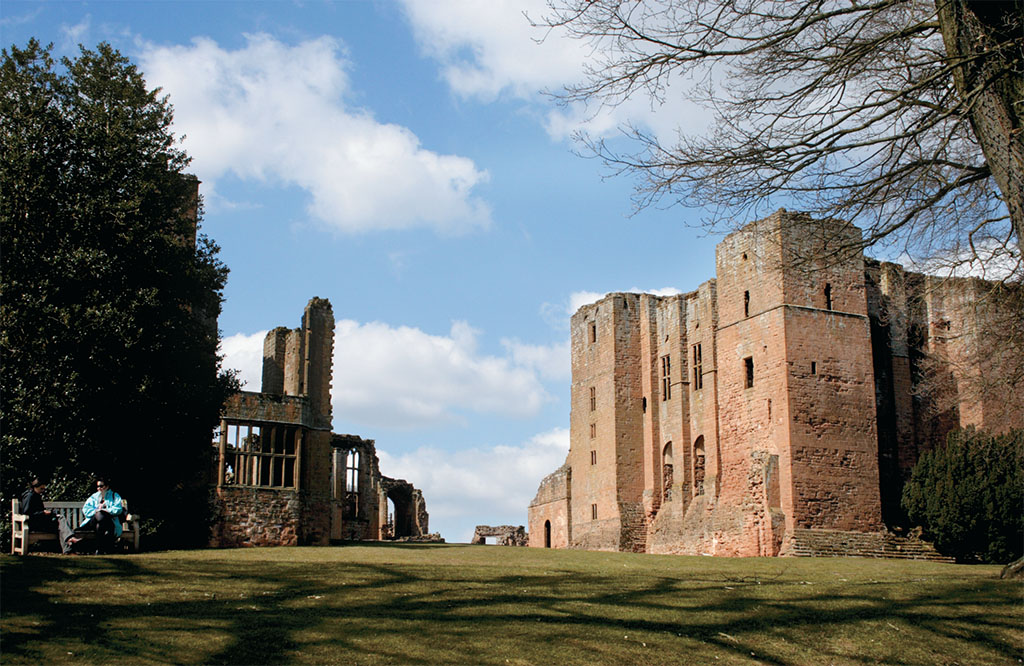
DANA HUNTLEY
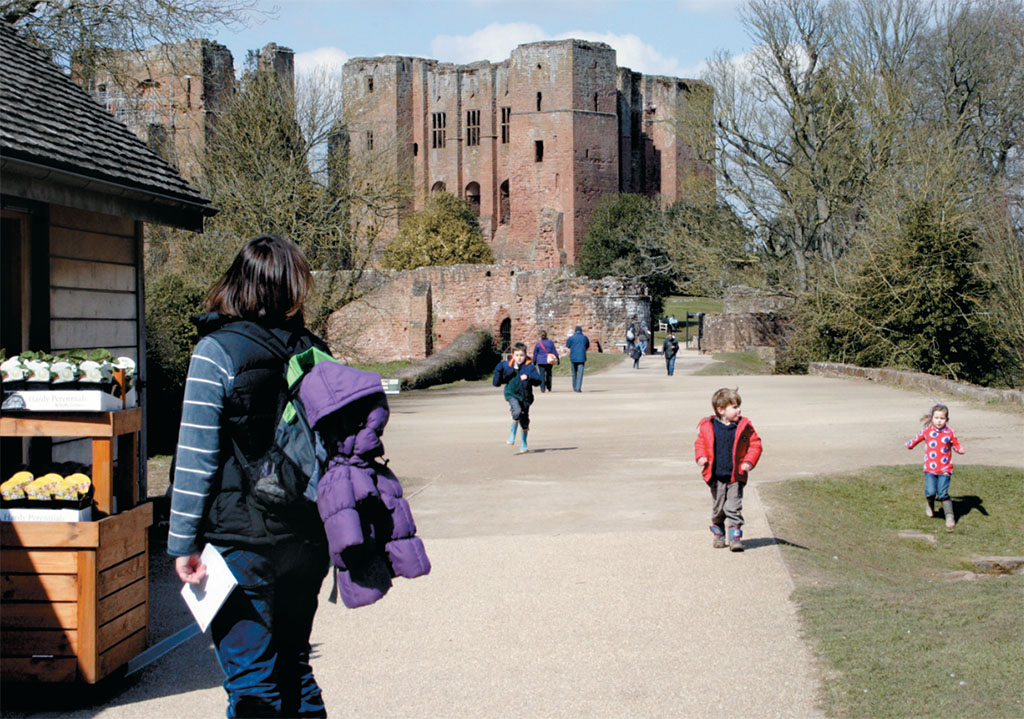
DANA HUNTLEY





Comments